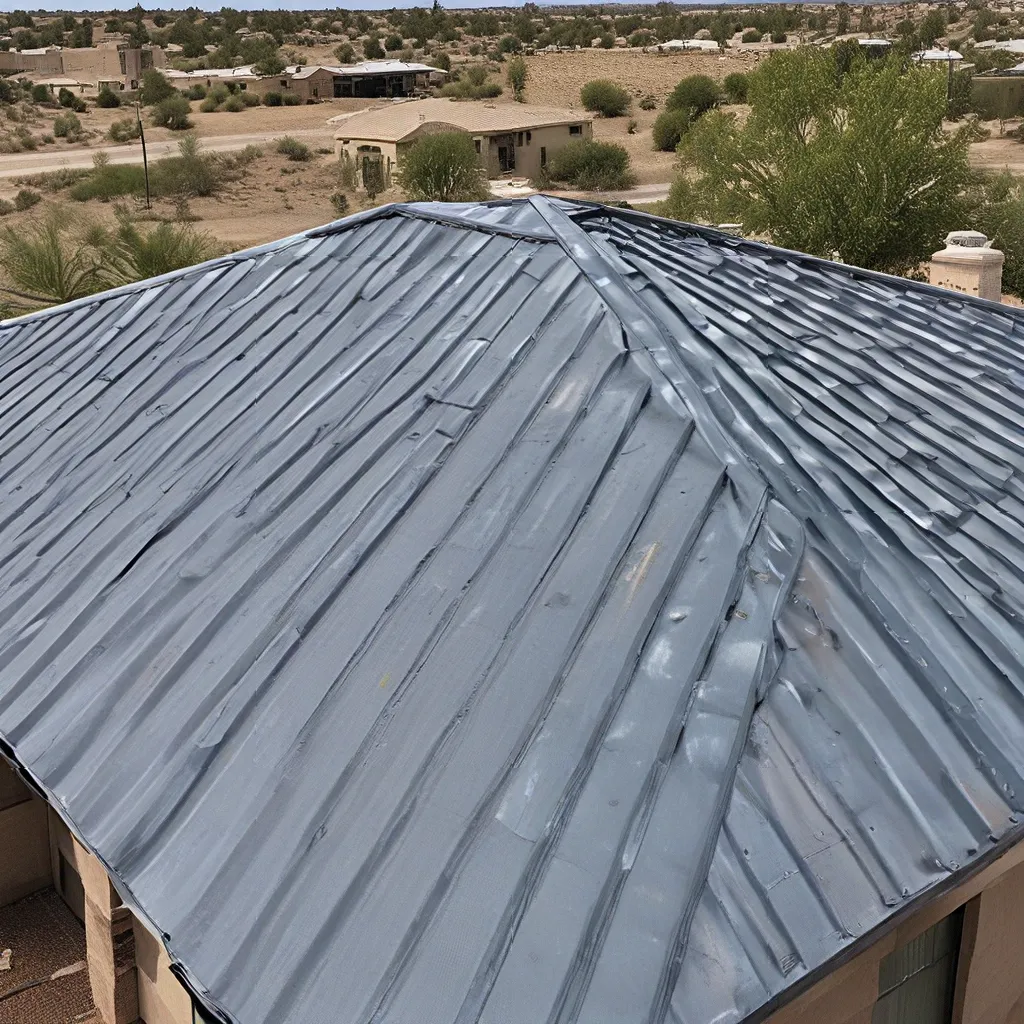
Discovering the Eco-Friendly Allure of Metal Roofs
As I strolled through the sun-kissed streets of Phoenix, admiring the architectural diversity that adorned the city, one element stood out to me time and time again – the gleaming metal roofs that seemed to capture the essence of this desert oasis. Curious to uncover the secrets behind their shimmering appeal, I embarked on a journey to explore the environmental benefits of metal roofing in this arid metropolis.
It all started with a chance encounter on LinkedIn, where I stumbled upon a thought-provoking article that pitted steel roofing against the ubiquitous asphalt shingles. The author, a self-proclaimed “steel enthusiast,” had meticulously crunched the numbers, delving into the intricate calculations of the environmental and economic impacts of these two roofing materials. Intrigued, I dove deeper, scouring the internet for more insights on the sustainability of metal roofs.
The Enduring Allure of Metal Roofs
As I delved into the world of roofing, I couldn’t help but be captivated by the sheer durability and longevity of metal roofs. Unlike their asphalt counterparts, which typically have a lifespan of 20 years, metal roofs can easily last for over a century with proper care and maintenance. This remarkable longevity is a testament to the resilience of these roofing systems, which can withstand the harsh weather conditions that Phoenix is renowned for, including scorching heat, intense UV radiation, and the occasional severe storm.
Strad Roofing highlights another fascinating aspect of metal roofs – their ability to seamlessly integrate with renewable energy technologies, such as solar panels. The smooth, durable surface of metal roofs provides an ideal platform for harnessing the sun’s power, allowing property owners to reduce their reliance on grid electricity and further enhance the sustainability of their homes or businesses.
Reflecting on Energy Efficiency
But the environmental benefits of metal roofs extend far beyond their longevity and solar-friendly design. As I delved deeper into the research, I discovered that these metal marvels possess an uncanny ability to reflect solar radiation, effectively reducing the workload on HVAC systems and leading to significant energy savings over time.
JB Roofing Systems illuminates this point, explaining that metal roofs are “inherently energy-efficient, helping to reduce heating and cooling costs for property owners.” By reflecting solar radiation and dissipating heat more effectively than traditional roofing materials, metal roofs can contribute to a significant reduction in energy consumption, ultimately benefiting both the environment and the homeowner’s wallet.
Recycling and Sustainability
One of the most compelling aspects of metal roofs, in my opinion, is their inherent sustainability. Unlike asphalt shingles, which often end up in landfills after their relatively short lifespan, metal roofs are typically made from recycled materials and are fully recyclable at the end of their service life. This closed-loop system not only minimizes waste but also conserves valuable natural resources, a critical consideration in a world that is increasingly conscious of its environmental impact.
Combating the Urban Heat Island Effect
As I delved deeper into the research, I discovered another fascinating benefit of metal roofs in the context of Phoenix’s climate – their ability to mitigate the urban heat island effect. This phenomenon, where urban areas experience higher temperatures compared to their surrounding rural counterparts, is a significant concern in many cities, and Phoenix is no exception.
Metal Roofing Phoenix explains that metal roofs, with their highly reflective and emissive properties, can help reduce the urban heat island effect by minimizing the amount of solar radiation absorbed by buildings. This, in turn, can lead to lower energy demands for air conditioning, further contributing to the environmental sustainability of metal roofing systems.
Debunking Misconceptions
As I delved deeper into the world of metal roofs, I encountered a few common misconceptions that I felt compelled to address. One persistent myth is that metal roofs are excessively noisy, but the reality is quite different. Modern metal roofing materials are designed with sound-dampening features, such as insulation layers or acoustic underlayments, that effectively absorb sound vibrations and minimize noise transmission into the interior of buildings.
Another misconception is that metal roofs are inherently heavy, requiring extensive structural reinforcement. However, the truth is that metal roofing systems are significantly lighter in weight compared to traditional roofing materials, such as asphalt shingles or clay tiles. This lightweight construction reduces the structural load on buildings, making metal roofs a suitable option for both new construction and retrofitting onto existing structures.
The Cost Equation
I’ll admit, when I first started exploring the world of metal roofs, the initial cost factor gave me pause. After all, steel roofing can be roughly twice the cost of an asphalt roof. But as I dug deeper into the research, I realized that this apparent price differential is more than offset by the long-term benefits and cost savings associated with metal roofing systems.
The author of the LinkedIn article I stumbled upon had crunched the numbers, and the results were quite compelling. He noted that while a steel roof may cost more upfront, it can last up to four times longer than an asphalt roof, ultimately providing a better return on investment. Furthermore, the energy savings and reduced HVAC workload can lead to significant cost savings over the lifetime of the roof, making the initial investment well worth it.
A Symbiotic Relationship with Solar
As I continued to explore the environmental benefits of metal roofs, one aspect that particularly piqued my interest was the synergistic relationship between metal roofing and solar energy systems. The author of the LinkedIn article had astutely observed that the smooth, durable surface of metal roofs provides an ideal mounting platform for solar panels, maximizing energy production and optimizing the performance of solar energy systems.
This symbiotic relationship is not only good for the environment but also holds the potential to unlock substantial cost savings for property owners. By combining metal roofing with renewable energy solutions, homeowners and business owners can further reduce their reliance on grid electricity, lower their energy costs, and contribute to the broader sustainability efforts in the Phoenix metropolitan area.
The Future of Roofing in Phoenix
As I reflect on my journey of discovery, it’s clear to me that metal roofs are poised to play a pivotal role in the future of sustainable roofing in Phoenix. With their unparalleled durability, energy efficiency, and environmental credentials, these shimmering marvels offer a promising solution to the unique challenges faced by this desert city.
While the initial cost may be a consideration for some, the long-term benefits and cost savings associated with metal roofs make them a smart investment for both homeowners and business owners. And with the added potential for integration with renewable energy technologies, the future of roofing in Phoenix looks brighter than ever.
So, the next time you find yourself captivated by the glistening metal roofs that adorn the skyline of Phoenix, remember the story behind their allure – a tale of sustainability, resilience, and a commitment to a greener tomorrow.
